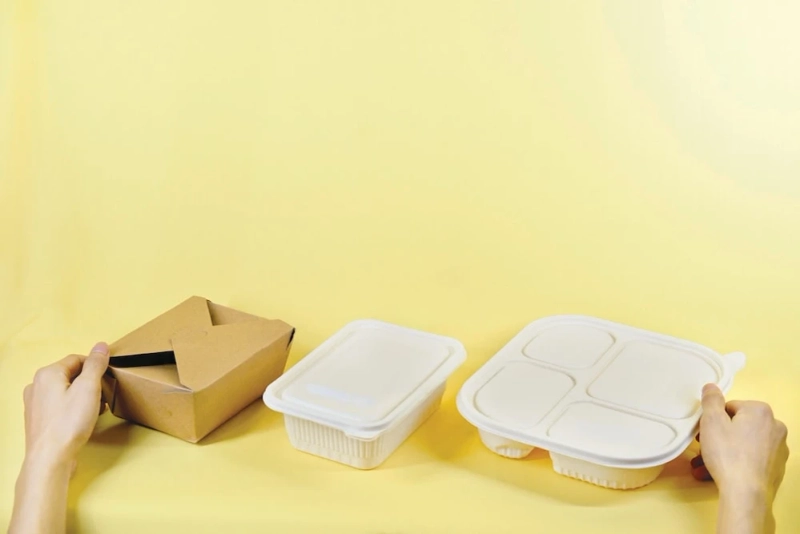Food packaging is an essential component of the food industry, serving multiple purposes beyond just containment. It preserves freshness, prevents contamination, communicates brand identity, and ensures consumer safety. In this comprehensive guide, we will delve into the various types of materials commonly used in food packaging, each with its unique characteristics and suitability for different products. Understanding these materials is crucial for both manufacturers and consumers as it impacts not only the product's quality but also environmental sustainability.
Plastic
Plastic is one of the most widely used materials in food packaging due to its versatility, durability, and cost-effectiveness. Common plastic packaging includes polyethylene (PE), polypropylene (PP), and polyethylene terephthalate (PET). These materials are used for a wide range of products, from beverages (PET bottles) to snack bags (PE and PP) and even microwavable containers (PP). However, the environmental concerns associated with plastic waste have led to the development of more eco-friendly alternatives.
Paper and Cardboard
Paper and cardboard packaging are popular for dry food items, such as cereals, pasta, and bakery products. They are biodegradable and recyclable, making them an environmentally friendly choice. Additionally, paperboard can be easily customized through printing and embossing to create attractive packaging designs.
Glass
Glass containers are renowned for their non-reactive nature, ensuring the preservation of food flavors and quality. They are commonly used for preserving items like sauces, jams, and pickles. While glass is recyclable, it is heavier and more prone to breakage compared to other materials.
Metal
Metal packaging, primarily aluminum and steel, offers excellent barrier properties against light, oxygen, and moisture. This makes them suitable for items like canned vegetables, beverages, and pet food. Aluminum cans, in particular, are lightweight and recyclable, making them an eco-friendly choice.
Biodegradable Materials
In response to growing environmental concerns, biodegradable materials are gaining popularity in food packaging. These materials, like polylactic acid (PLA) and biodegradable films, break down naturally in the environment. However, their effectiveness in preserving food and their overall environmental impact still require further research and development.
Edible Packaging
An emerging trend in food packaging is edible packaging made from materials like rice paper, seaweed, and potato starch. These materials can be consumed along with the food they contain, reducing waste and enhancing sustainability. Edible packaging is often used for items like candies, condiments, and single-serve snacks.
Foam Packaging
Foam packaging, usually made from expanded polystyrene (EPS), is known for its excellent insulation properties. It is used for shipping perishable food items like seafood and fresh produce. While effective for maintaining temperature, EPS foam is not biodegradable and poses environmental challenges.
Composite Materials
Composite materials combine multiple layers of different materials to create packaging with enhanced properties. For example, flexible packaging often consists of several layers, including plastic, foil, and paper, to provide a balance of protection and flexibility.
Vacuum Packaging
Vacuum packaging removes air from the packaging to extend the shelf life of perishable foods like meats and cheeses. It is typically done using specialized plastic bags or containers and is particularly effective in preserving food quality.
Final Thoughts
Choosing the right material for food packaging is a critical decision for both manufacturers and, most of all, the consumer’s perception. By staying informed about these material options, we can make more informed choices that benefit both the food industry and the planet.
If you desire to have a reliable packaging company at your assistance who can guide you through the various packaging and shipping processes, we highly recommend Packs & Ships. With years of experience in the field, this company provides packaging services across Los Angeles, Boston, San Diego, Orlando, and multiple other cities in the US. Contact them today to receive their professional guidance.
About The Author
Bryan Smith is a professional in the packaging industry who enjoys writing about the newest trends and happenings in his field. In his spare time, he enjoys hiking and camping.


